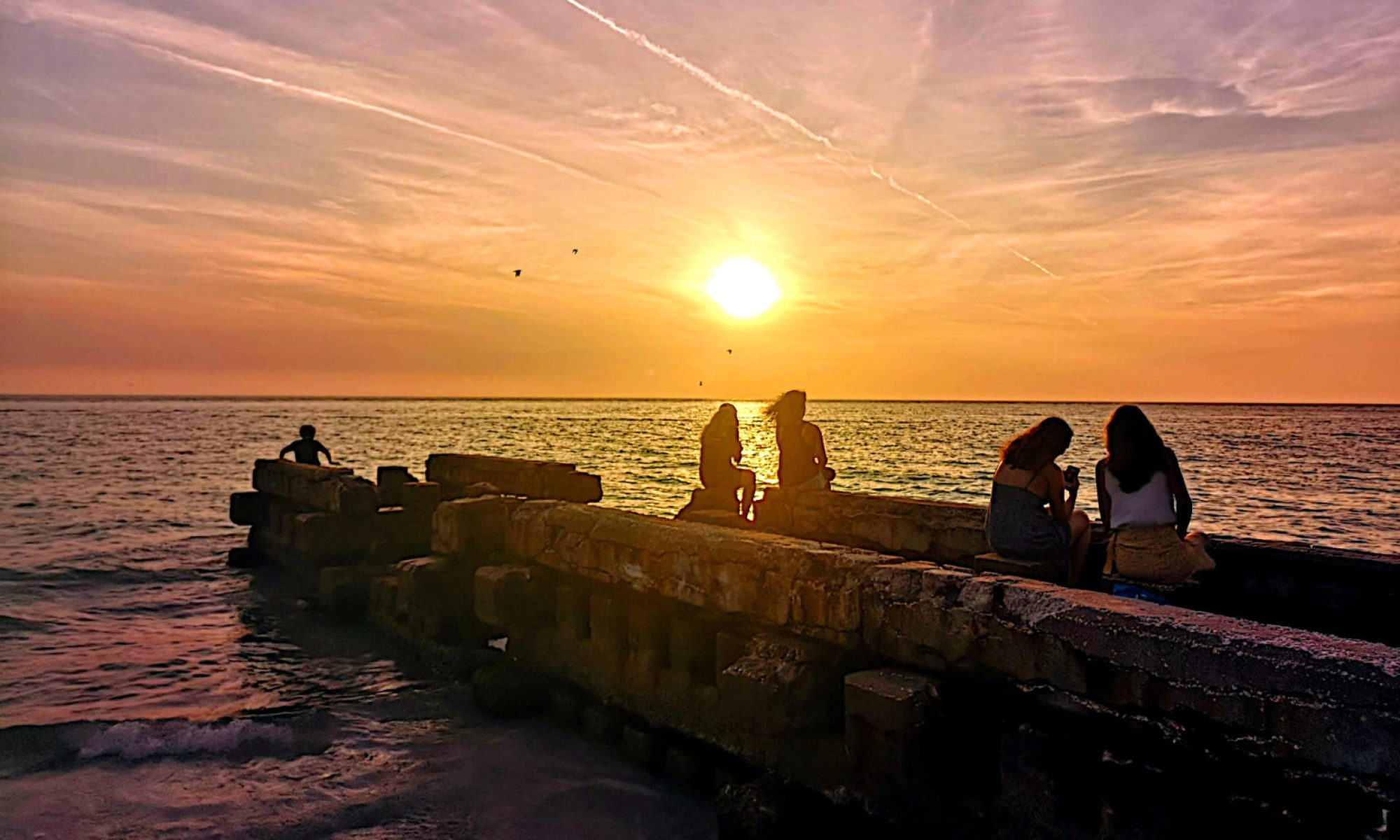Note to readers: In yesterday’s newsletter, in a post about how Dr. Seuss wrote ‘Green Eggs and Ham’ on a bet with his publisher, Bennett Cerf, I mentioned parenthetically that Vinton Cerf, one of the inventors of the Ethernet communication standard, was Bennett’s nephew. I remembered reading this somewhere, but I should have checked further: Vint debunked this rumor in a reply on Quora. My apologies for the error, which was 100 percent my fault! We now return you to your regularly scheduled programming, which is already in progress:
From Betsy Golden Kellem for The JSTOR Daily: “The so-called Jersey Jumper, a millworker named Sam Patch, became blindingly famous between 1827 and 1829, and for an unusual reason: he liked to jump off high waterfalls for paying crowds. Jumping off river dams or high cliffs was common entertainment for bored New England mill workers, and Patch was determined to make a name for himself taking this sport, as it were, to a new extreme. He survived many jumps, including one from a tall wooden platform into the Niagara River below the famous falls. He died in 1829 at the age of thirty, in an attempt to jump the Genesee Falls in Rochester, New York. He’d made the same jump successfully before, but he didn’t feel it had drawn enough crowds or revenue.”
What automobile navigation was like before the GPS came along

Caitlin Dempsey writes for GISLounge: “In the 1920s, the Plus Fours Routefinder made its debut. Worn like a watch, a small map was embedded where the watch dial would normally be found. The maps were wound around small wooden pegs like scrolls and could be switched out of the wristband depending on the route needed. The knobs would be turned to advance the map and directions as needed. The maps were unidirectional. The Baldwin Auto Guide was a scrolled map that attached to the steering wheel. Similar to how film is wound inside a canister, the Auto Guide contained custom map directions which the driver would scroll through by hand. The device even came with a battery operated light for night map reading. An Italian company took this a step further.”
Note: This is a version of my personal newsletter, which I send out via Ghost, the open-source publishing platform. You can see other issues and sign up here.
Continue reading “The 19th century fascination with daredevils”




















